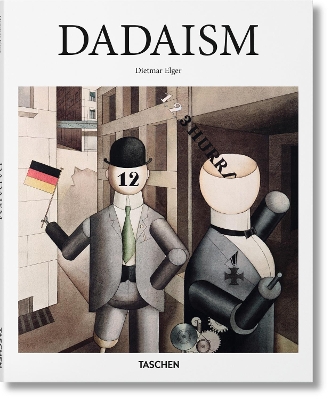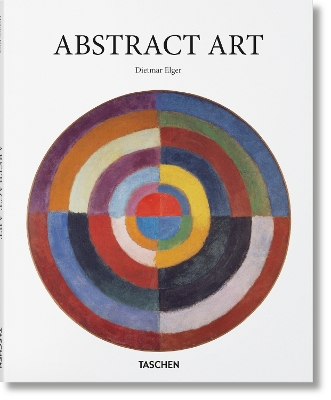Basic Art
2 total works
Emerging amid the brutality of World War I, the revolutionary Dada movement took disgust with the establishment as its starting point. From 1916 until the mid-1920s, artists in Zurich, Cologne, Hanover, Paris, and New York launched a radical assault on the politics, social values, and cultural conformity which they regarded as complicit in the devastating conflict.
Dada artists shared no distinct style but rather a common wish to upturn societal structures as much as artistic standards and to replace logic and reason with the absurd, chaotic, and unpredictable. Their practice encompassed experimental theater, games, guttural sound-making, collage, photomontage, chance-based procedures, and the “readymade,” most notoriously Marcel Duchamp’s urinal, Fountain (1917). Throughout, the Dadaists considered the visual appearance of their work secondary to the ideas and critiques it expressed. In this sense, Dada may be seen as a fundamental precursor to conceptual art.
With a selection of key works from some of the most famous proponents of Dada such as Tristan Tzara, Marcel Duchamp, Hannah Höch, Kurt Schwitters, Francis Picabia, and Man Ray, this book introduces this urgent, subversive, and determined 20th-century movement and its lasting influence on modern art.
Abstraction shook Western art to its core. In the early part of the 20th century, it refuted the reign of clear, indisputable forms and confronted audiences instead with vivid visual poems devoid of conventional representational imagery and characterized by allegories of emotion and sensation.
This radical artistic adventure established new artistic means, as much as narratives. Expression became characterized by shocking juxtapositions of color, light, and line. Artists abandoned the conventions of brush and easel and played with new materials and methods of artistic gesture: commercial paints and housepainter’s brushes, working on unstretched and unprimed canvases, moving the canvas to the floor, and applying paint with hands.
This essential introduction spans the international breadth, conceptual depth, and seismic impact of abstract art with a thorough survey not only of the big names such as Picasso, Klee, Kline, Rothko, and Pollock, but also lesser-known figures who made equally significant contributions, including Antoni Tàpies, K. O. Götz, Ad Reinhardt, and Sophie Taeuber-Arp.

